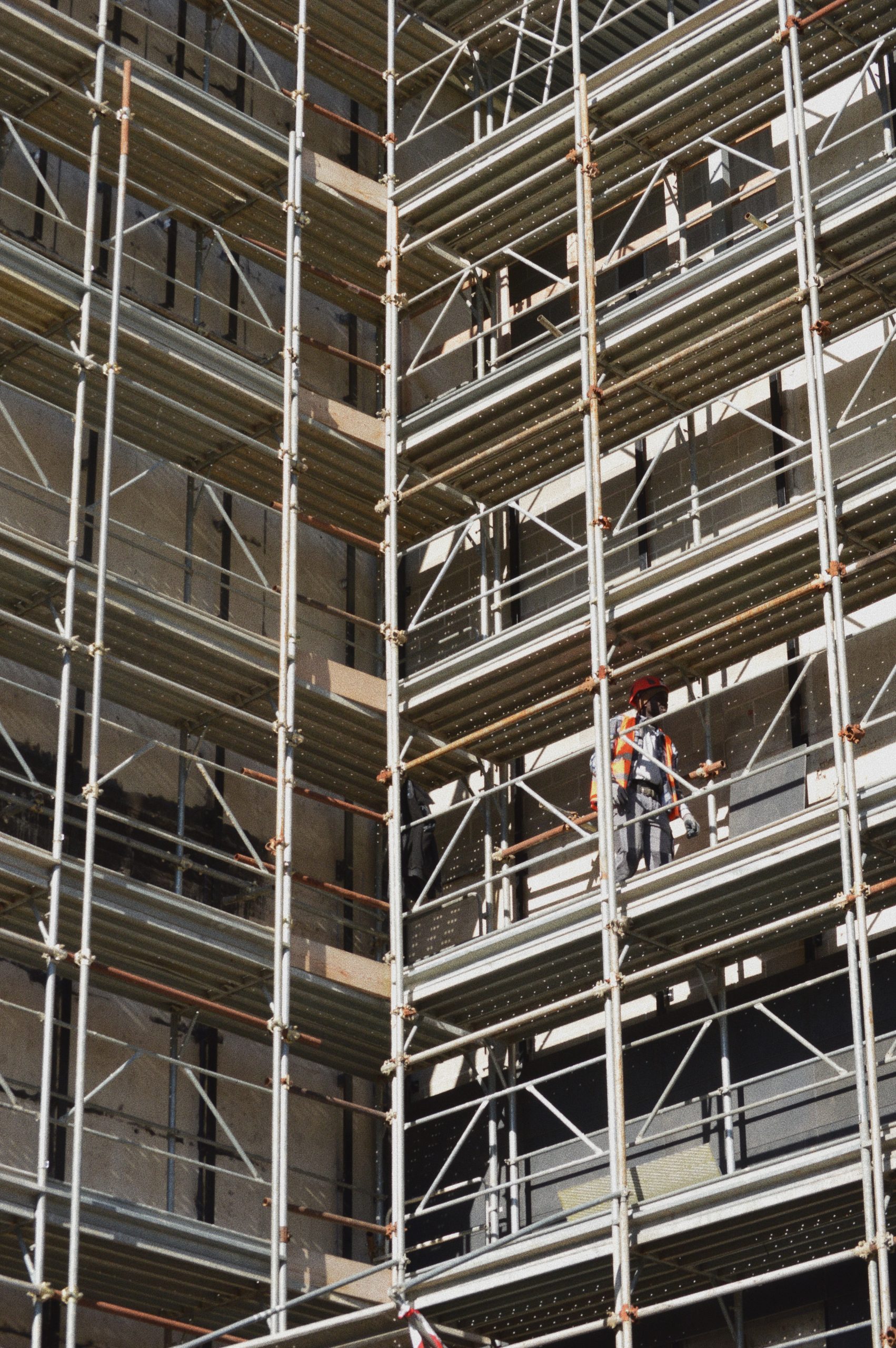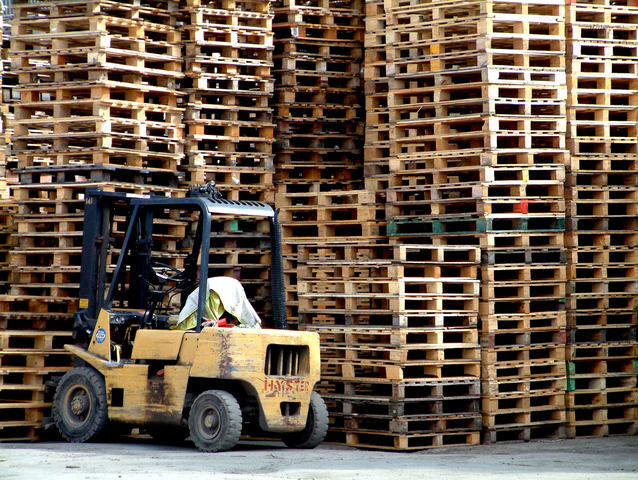All Massachusetts weekly workers’ compensation benefits are based off of the average weekly wage of the injured worker.
How Is Average Weekly Wage Figured?
The calculation of average weekly wage is always based upon the employee’s gross earnings. If the employee has worked a full year prior to the injury, one averages the full 52 weeks prior to the injury. These gross earnings include such things as bonuses, vacation time, overtime, and commissions. The value of fringe benefits, such as health insurance, are not added in to the earnings. Total earnings in the 52 week period are divided by 52 to get the average weekly wage. If an employee has worked less than 52 weeks, the number of weeks actually worked will be divided into the gross earnings. For workers who have worked only a very few weeks, the calculations for average wage may be based upon a fellow employee who had worked for the same employer doing the same work for a longer period of time. A list of the maximum weekly compensation rates over the past ten (10) years is found below.
| MAXIMUM RATES |
| Injury On or After |
Maximum Weekly Benefit |
10/1/03
10/1/04
10/1/05
10/1/06
10/1/07
10/1/08
10/1/09
10/1/10
10/1/11
10/1/12
10/1/13
10/1/14
10/1/15 |
$884.46
$918.78
$958.58
$1,000.43
$1,043.54
$1,093.27
$1,094.70
$1,088.06
$1,135.82
$1,173.82
$1,181.28
$1,214.99
$1,256.47
|
What If I Work More Than One Job?
In cases where an employee has more than one job, his wages from both jobs can be included in the computation for workers’ compensation if both jobs are jobs covered by the Massachusetts Workers’ Compensation system. This essentially means that both jobs must be ones that are for legitimate employers who are deducting taxes from the employee’s wages and reporting income to the government, and have a policy providing workers’ compensation coverage. This situation is called concurrent employment and can substantially increase weekly benefits to the injured employee.
Section 34/Temporary Total Disability Benefits
In Massachusetts, workers are entitled to weekly temporary total disability benefits if they are unable to perform any job. It should be noted that inability to do one’s former job is not necessarily enough. Continue reading

 Boston Workers Compensation Lawyer Blog
Boston Workers Compensation Lawyer Blog


 In the
In the 

